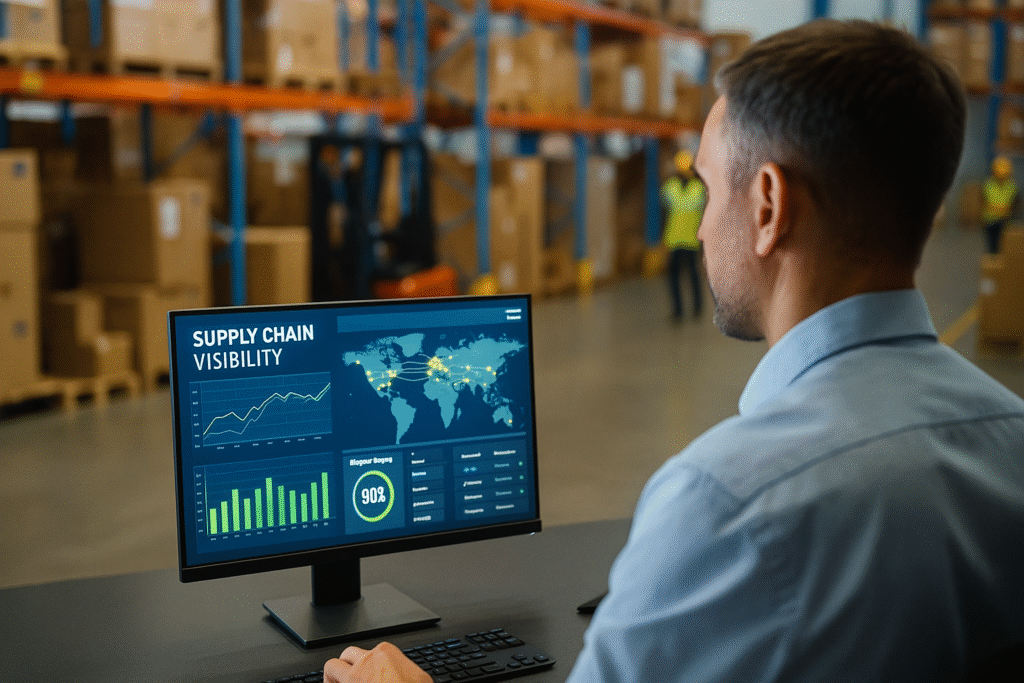Supply chain visibility as a strategic priority
Supply chain visibility has become a decisive capability for companies in 2025. With markets disrupted by geopolitical tensions, port congestion and shifting consumer expectations, transparency is no longer optional. Companies that lack visibility risk higher costs, unpredictable lead times and declining customer trust. By contrast, firms with strong visibility can detect problems earlier, reroute shipments faster and communicate reliably with stakeholders.
Key drivers of visibility demand
Global disruptions have highlighted the fragility of opaque supply chains. McKinsey research shows that most executives report persistent vulnerabilities despite recent investments. The main drivers of visibility are speed, cost efficiency and regulatory pressure. Companies are expected to know not only where their goods are but also the conditions of transport, the environmental impact of operations and the performance of suppliers across multiple tiers. Digital solutions are making this possible at scale.
Benefits for importers and exporters
Supply chain visibility creates tangible value for both importers and exporters. Importers reduce excess inventory and improve forecasting accuracy by accessing real-time data from ports and carriers. Exporters gain the ability to commit to tighter delivery schedules, strengthen customer relationships and reduce penalties from delays. Greater traceability also supports compliance with stricter environmental and trade regulations, which are increasingly enforced across global markets.
Building resilient supply chains
Implementing visibility requires investment in technology and processes. Leading firms adopt control tower systems that integrate data from transport management, warehouse operations and customs. Predictive analytics helps prioritize risks, while IoT sensors and blockchain provide transparency on cargo condition and documentation. However, technology alone is insufficient. Companies also need clear governance, dedicated teams for exception handling and strong collaboration with suppliers to ensure that visibility extends beyond tier one.
Looking ahead
In 2025 and beyond, supply chain visibility will define which companies thrive in competitive markets. It will enable faster responses to crises, support sustainability reporting and unlock cost savings through leaner operations. Firms that treat visibility as a continuous improvement program rather than a one-time investment will secure resilience and long-term advantage in global trade.
Source: McKinsey & Company

